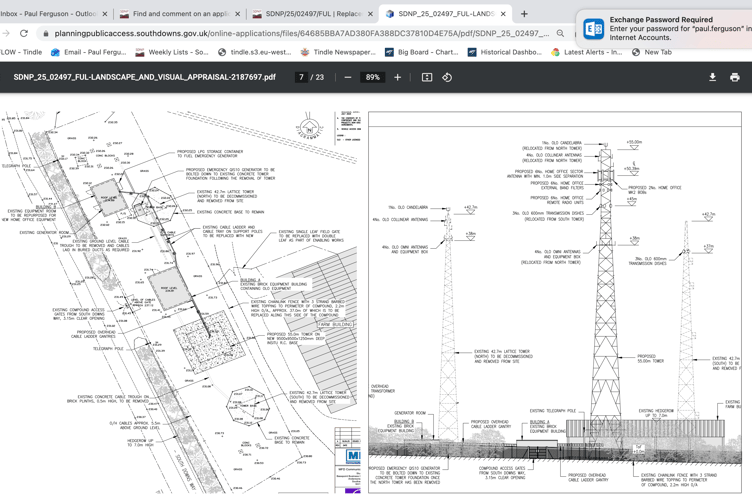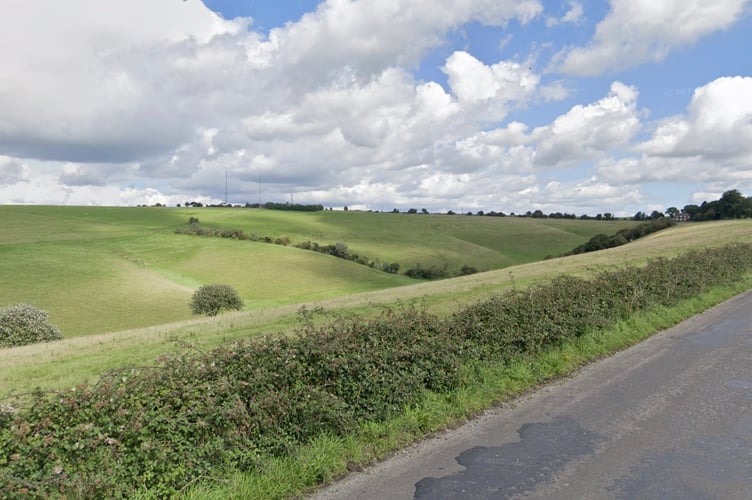A pair of towering landmarks beside the South Downs Way will soon disappear from the East Hampshire landscape as part of bid to improve emergency response.
Plans to replace the two masts on the summit of Salt Hill south of East Meon with a single taller structure have been approved by the South Downs National Park Authority.
The new mast will play a crucial part in the Emergency Services Network as its elevated height over the Hampshire countryside will allow better communication for helicopters and emergency airborne services.
Standing 55 metres high, it will also be 13 metres higher than the current pair with existing dishes being incorporated into the new structure.
Salt Hill is one of the highest points on the Hampshire section of the SDW at 231 metres with tens of thousands of walkers, cyclists and horseriders passing the two masts every year.

While planners have accepted the increased height and mass of the new Wether Down mast will be notable, they believe the changes will have only a minor adverse effect on the “relative tranquility” of the area.
The application was the second by EE as plans for a slightly taller 60-metre mast met opposition from East Meon Parish Council.
A spokesperson called the application essential for delivering “vital public services” and claimed other options had been exhausted, with the Butser mast not being useable due to structural constraints.
“EE Ltd are providing the antennas and other communications apparatus for the Home Office’s new emergency services communications network (ESN),” said the spokesperson.
“There are no other suitable locations for this mast due to the limitations of the air network.
“Neither of the existing 40m masts were robust enough to accommodate the Air To Ground (A2G) antennas and in any event, the network required the antennas to be located at a higher height.”




-The-Roller-Skating-Groupie-spray-paint-with-incisions.jpeg?width=209&height=140&crop=209:145,smart&quality=75)
Comments
This article has no comments yet. Be the first to leave a comment.